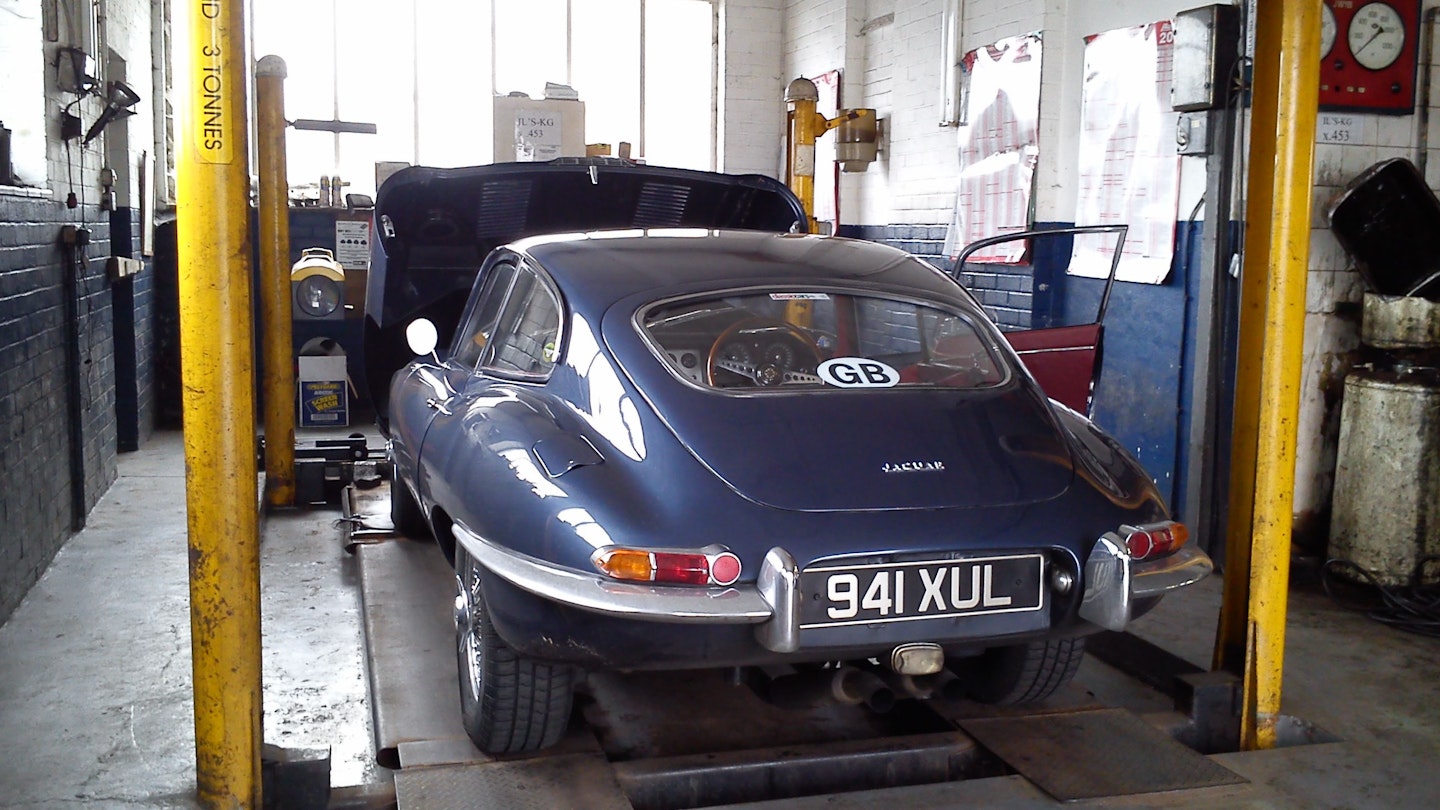MoT and road tax exemption for classic cars explained
MoT test exemption
Most vehicles more than 40 years old are exempt from the requirement for an annual MoT test, though drivers remain responsible for ensuring that their vehicles are roadworthy.
• Since May 20, 2018, the cut-off for MoT test exemption has been based on a rolling 40-year vehicle age, meaning that most vehicles built or registered at least 40 years ago, and qualifying for Vehicle of Historic Interest (VHI) status, no longer require an annual MoT test.
• In order to claim MoT-exempt VHI status for a vehicle, the owner will have the option to tick a VHI declaration box as part of its annual road tax renewal procedure, otherwise the vehicle will continue to require an annual MoT test.
• To qualify as a Vehicle of Historic Interest, the vehicle must not be 'substantially changed' from its original specification within the past 30 years, as defined by the Department of Transport/Driver and Vehicle Standards Agency.
• 'Substantially changed' refers to technical standards, not originality. So, for example, fitting a replacement engine that is either identical, or was available for that model of car at the time, is not considered a substantial change. Neither is fitting an identical chassis or monocoque bodyshell, but a different type of suspension or steering system is unless such a change was fitted to that model within 10 years of the car's manufacture, or if the change has been made to improve efficiency, safety or environmental performance. Detailed guidance on what constitutes 'substantially changed' can be found here found here.
• Even once a vehicle is declared as a VHI, the owner can voluntarily submit it for testing.
• Large goods vehicles (with a maximum laden weight of more than 3.5 tonnes) and buses (vehicles with more than eight seats) that are used commercially aren't exempt.
What if the MoT for a vehicle more than 40 years old expires before its next taxation anniversary?
The DVLA computer and therefore the police will recognise it as MoT exempt until the taxation date. If the owner declares it as a VHI at that point, it will continue to be exempt. If the owner doesn't, it will require an MoT test before being driven on the road.
Classic-friendly MoT test stations
A vehicle should only be tested to the standards it was built to originally and is not expected to conform to such things as emissions standards that apply to later cars. Any MoT test station that follows the correct procedures should be able to test a historic car in an age-correct manner, but we occasionally hear of garages that mistakenly try to apply modern car standards. A list of classic-friendly MoT test stations – ie those familiar with testing classic cars – is available here
Road tax fee exemption

• The point at which historic vehicles can become exempt from a road tax fee in the UK is a rolling 40-year date based on the start of the calendar year, but fee-exempt vehicles must still go through the taxation process each year.
• Vehicles built at least 40 years before the first date of the current year do not have to pay road tax in the UK, so in 2021 this means owners of vehicles built before 1 January , 1981 or first registered before 8 January of that year need not pay tax from 1 April 2021.
• The taxation process can be completed at either a Post Office or online. The first time you declare your vehicle as tax fee exempt must be at a Post Office.
• More details can be found here
Other useful pages
Ethanol-blended petrol and E10
White/silver-on-black number plate rules
ULEZ exemption
